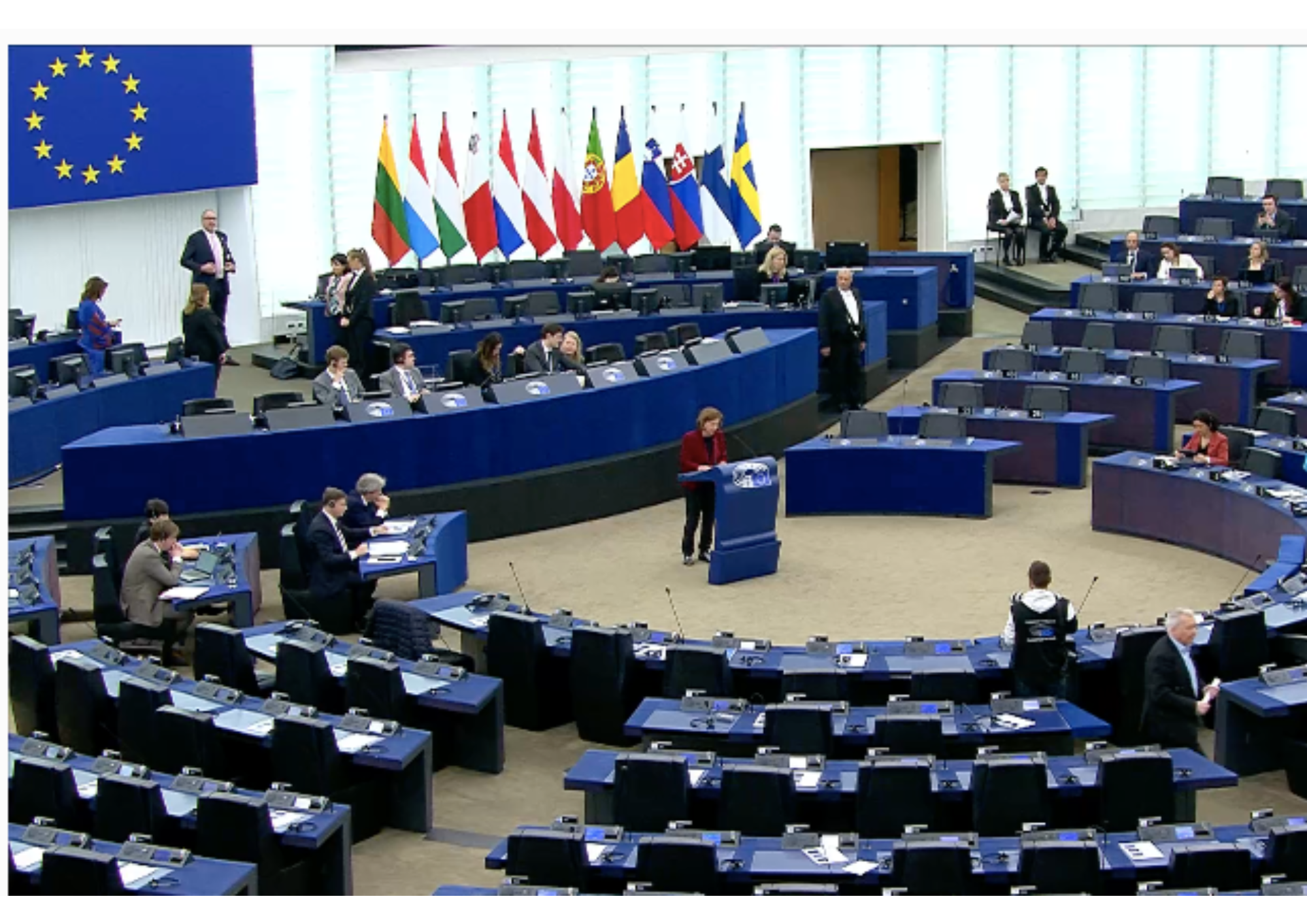Find out about the economic inequalities that continue to persist between women and men in the EU.
It has been more than 25 years since the adoption of the UN’s Beijing Declaration, which aims to promote equality between men and women. The same goal lies behind the creation of UN Women – dedicated to gender equality and the empowerment of women – and the inclusion of gender equality in the Sustainable Development Goals.
So where do we stand? Progress has been made, but inequality between men and women persists, including on the labour market. On average, women in the EU are paid less than men.
Check out what the Parliament is doing to narrow the gender pay gap Understanding the gender pay gap
- The gender pay gap is the difference in average wages between men and women
- The unadjusted gender pay gap is the difference between the average gross hourly earnings of men and women expressed as a percentage of male earnings. It does not take into account education, age, hours worked or type of job.
- The data only includes companies with 10 or more employees
How big is the gender wage gap in the EU?
Women in the EU earn on average almost 13% less per hour than men. There are large differences between member states: in 2020, the biggest gender pay gap was recorded in Latvia (22.3%), while the EU country with the lowest gender pay gap was Luxembourg (0.7%). Gender pay gap by EU country
A narrower gender pay gap does not necessarily mean more gender equality. It often occurs in countries with lower female employment. A high pay gap may indicate that women are more concentrated in low-paid sectors or that a significant proportion of them work part-time.
Read about the Parliament’s fight for gender equality in the EU
Women and men on the labour market
The reasons behind the gender pay gap are not simple – many factors need to be taken into account. It’s connected to much more than the issue of equal pay for equal work.
Find out more about the causes of the gender pay gap Statistics about women and men on the labour market
Although more women than men finish higher education in the EU, they are represented less on the labour market. Almost 30% of women in the EU work part-time compared to 8.4% of men and they are much more likely to stop work to take care of children and relatives.
The gender pay gap increases with age: it might increase as a result of career breaks by women, although these patterns vary between countries. It also differs by industry and in 2020 was higher in the private sector than in the public sector in the majority of EU countries.
An important reason for the gender pay gap is the overrepresentation of women in relatively low paying sectors and underrepresentation in higher-paid sectors. For example, on average in 2020, women held 34% of managerial positions in the EU and 41% of positions in the science and engineering sectors
The gender pay gap means women are at higher risk of poverty in old age. In 2020, women in the EU aged over 65 received pensions that were on average 28.3% lower than male pensions. The situation between member states differs here as well: from a 41.5% pension gap in Malta to 0.1% in Estonia.
Find out more
European Commission: EU action for equal pay












